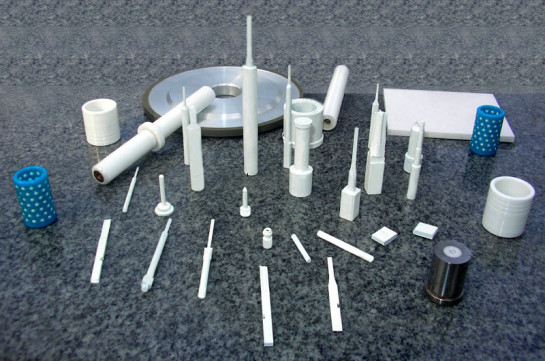 When you are designing a wear part, such as die punches and buttons, and die ejector pin, which material would you choose?
When you are designing a wear part, such as die punches and buttons, and die ejector pin, which material would you choose?
The first cemented carbide for a wear-resistant part application was invented in Germany in 1913. It was produced from two carbides, tungsten, and molybdenum, and the part was an insert for wire drawing die. From that early start, many different cemented carbide materials evolved having a wide range of properties to resolve wear-part problems. This period also saw the first engineering ceramics materials for wear-resistant applications, and they are now a large and rapidly growing market segment.
Today the array of available materials is very large, and designers are finding it difficult to choose the best wear part materials for gaging, tooling, and product component applications. Material characteristic information is published by the manufacturers of both carbide and ceramics materials, but often the information is aimed more at selling the product in providing engineering guidance. Some published information on ceramics, for example, presents hardness as the determining factor for resistance to wear. It then compares the measured hardness of the ceramic material with that of carbide and draws the conclusion that the higher hardness of ceramic material means superior wear resistance. This is an improper and erroneous conclusion.
Hardness is a primary characteristic of wear-part materials, but it is a slippery property to define when comparing non-related materials (i.e. ceramics to carbides) for a range of different applications. This becomes evident with this question: Why does an EDM wire guide or a drill bushing of cemented tungsten carbide, with a measured Vickers hardness of 1700kg/mm2 (92 Rockwell A), have a useful life substantially greater than one made from a ceramic whose hardness is measured at 2100 (94 Rockwell A)? The reason for this apparent departure from the norm is basic, easily grasped, and the design engineer needs to understand it in order to work knowledgeably with hard materials.





